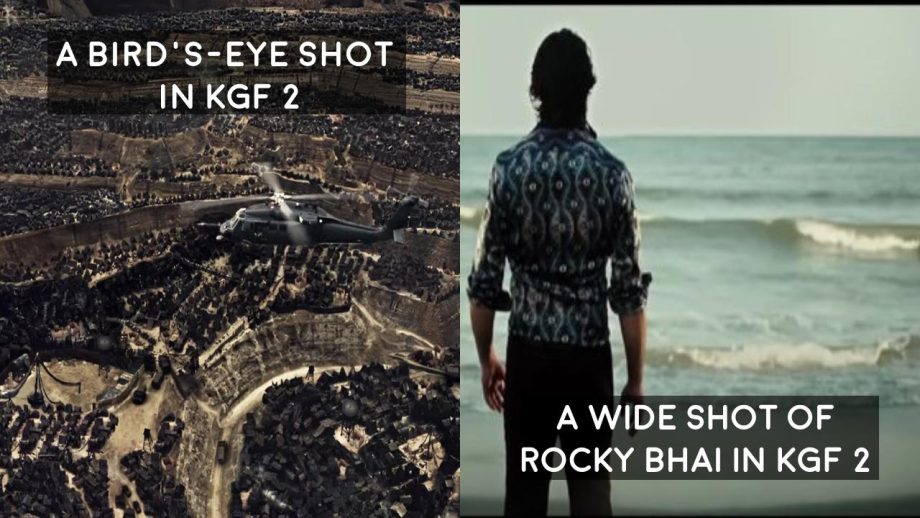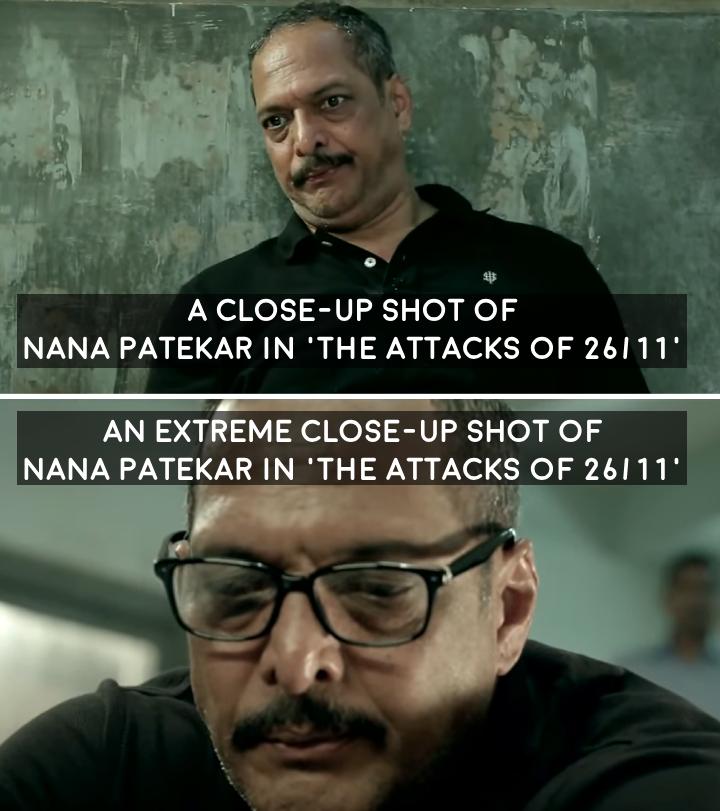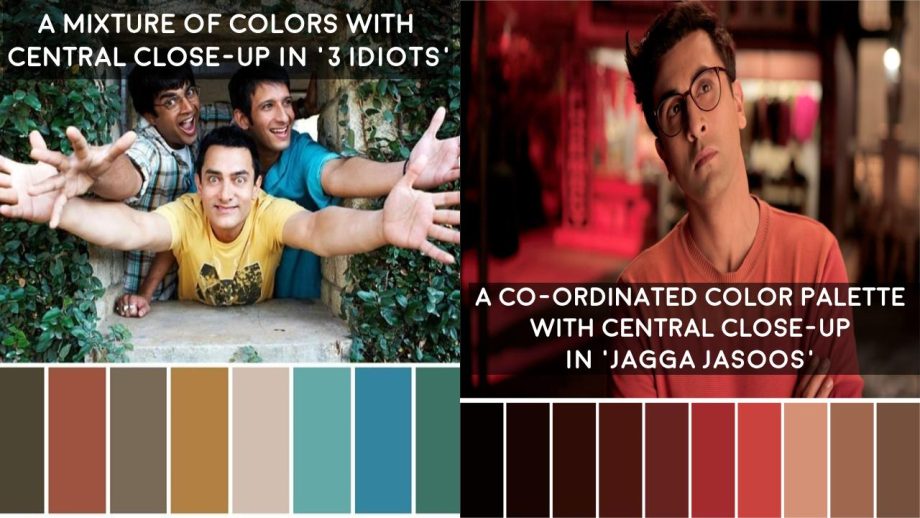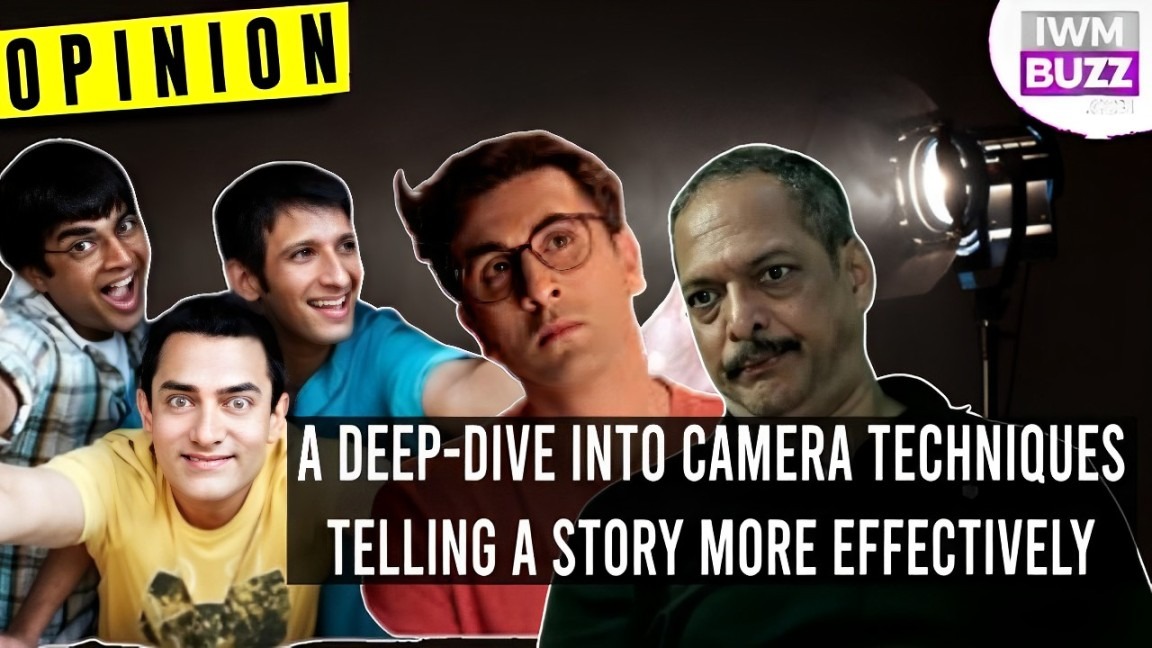A deep-dive into going behind the camera is what fascinates me the most, and while I ponder upon being a curious cat with a million questions about how it happens, what goes into making a film and more – it would be opportune to talk about the device that propels the visual magic for the big screen experience – camera.
As a technical department, it is perhaps a cardinal object without which nothing translates. The device that becomes the machine of converting imaginations into visual representations. It is also a pity that this department doesn’t get the respect and appreciation it deserves, especially when it uses cinematography techniques that aid storytelling to an extent where a perceivable image is enough to make you feel what the director and the cinematographer want to make you feel.
Here are some techniques and examples that stand out with just how an innovative way of shooting was enough to convey what is intended-
Shots & Moods
At times, the treatment of a camera is incredibly obvious with its motive – for instance, a drone shot capturing the city, a beach or anything else with a bird’s eye view has a clear message – to showcase the setting and canvas of the place your story is based in and at times, if it is repetitive, to establish how objects can be extremely small in their appearance from that view while in actuality, they are bigger. Metaphors with this are waiting to happen.
A similar approach is taken by capturing a long shot or a wide shot which might have one subject in the central focus and the entire canvas in a blurry backdrop – used to showcase, ambition and how one can be limitless.

Close-Up Shots vs Extreme Close-Up Shots
Close-up shots are usually the most used technique in a film where you can have any character and it is the face that conveys with utmost nakedness that a camera needs to capture. To be able to analyse a character’s emotions while also his body language by just looking in and around the face thus making you feel their empathy, sorrow or depth is where close-up shots work the best.
On the other hand, an extreme close-up shot is rarely used unless absolutely essential for a filmmaker to translate something that disturbs the viewer to a certain extent. An extreme close-up is usually focused on the eyes or central portion of the face in an attempt to not just feel the character’s emotion but also feel the intensity and drama through multiple folds. You are immediately marginally uncomfortable and that is where the job is done.

Color Palettes & Camera
More often than not, there is a misconception that a cinematographer only works with lights for the clarity and visibility of a scene – however, that is not the case. The technicians, colorist, and visual effects team begin work on post-production when the footage is shot in terms of rendering a film to match the mood but their job becomes much easier when this is majorly taken care of during the process of shooting by the cinematographer and the director.
Colors have an identity and while a layman can associate certain colors with a certain feeling, the blending of these colors that are captured through the lens. For an example, you can see below, on the left is a central close-up shot that even made it to the poster of the film, 3 Idiots but instead of following a co-ordinated color palette that plays around with shades, the cinematographer chooses to focus on the playfulness and vibrancy of the expressions that the characters have and an amalgamation of multiple colors jumble things up to not care much and just enjoy their elation.
A contrary example to this, you can see on the right is a central close-up shot of Ranbir Kapoor from Jagga Jasoos. Instead of playing around with a blend of colors, two colors take centre stage which aren’t just highlighted with the red lighting in the background but Kapoor’s t-shirt having shades of red and orange. This is intentionally coordinated with a lot of highlights and shadows to make you feel invested in the grimness of the respective sequence and not be distracted by any color of frame that kicks you out of it.

At the beginning of this piece, I did mention it being a deep dive and while it is to a certain extent; in reality, this is touching the tip of an iceberg.
Cameras, lenses and a good cinematographer who uses them change and pave the way for a motion picture magically that the vision and imagination of a storyteller convert into a memory that you cherish forever.


